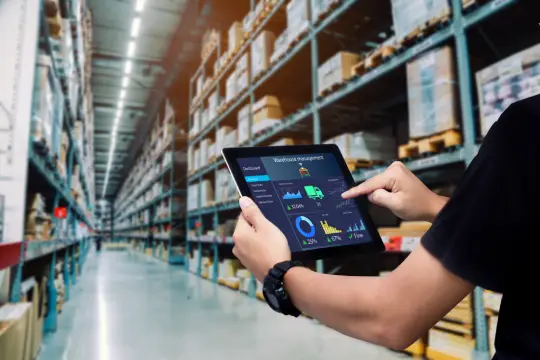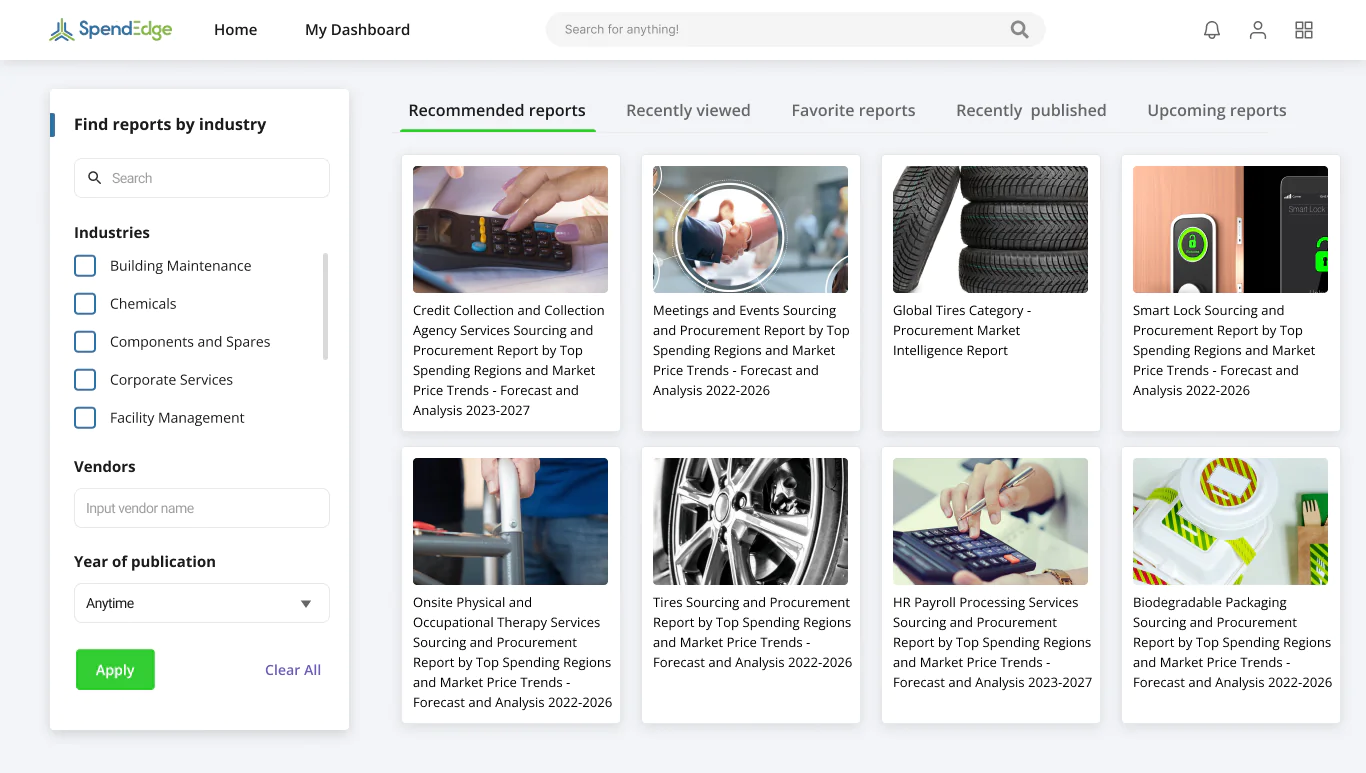
Many transportation businesses grapple with incomplete data on their supply side, which is hobbling growth plans.

A lot of businesses acknowledge they are struggling to shift gear from low-end cost-based projects to high-hanging fruits.

Ethical and unsustainable production and delivery practices negatively impact an enterprise’s image, and accountability starts at the top!
In a changing landscape, 3PL providers must reengineer their delivery chains to be able to scale and meet customer expectations at no extra cost.
The diversity of input materials can be overwhelming for transportation equipment manufacturers, and high-precision market intelligence is key to overcoming the challenge.
The industry seesaws between cost competitiveness and brand experience, and to get to an equilibrium, a granular cost analysis is essential.
Safety mandates for 3PL providers will reduce the risk of accidents and save lives. It is also good for the environment. But new safety guidelines almost always entail additional costs for providers. However, there are some effective ways you can reduce your compliance costs.
Talk to Our Expert
Optimizing business operations through efficient product supply and delivery has become more complex than ever. At the heart of this process lies the critical function of transportation services. Organizations can no longer rely solely on cost-saving strategies; they must also navigate risks, infrastructure constraints, regulatory shifts, and environmental expectations. Transportation...
Read More to see the spendedge blogsGathering data on your supplier’s capability to deliver high-quality products is just not enough. More open communication will ensure suppliers not only deliver with quality but also ahead of schedule.

Mismatches between your needs and what your supplier delivers could weaken business performance. By collaborating intensely with suppliers, you can ensure your penchant for KPIs grows on them as well.